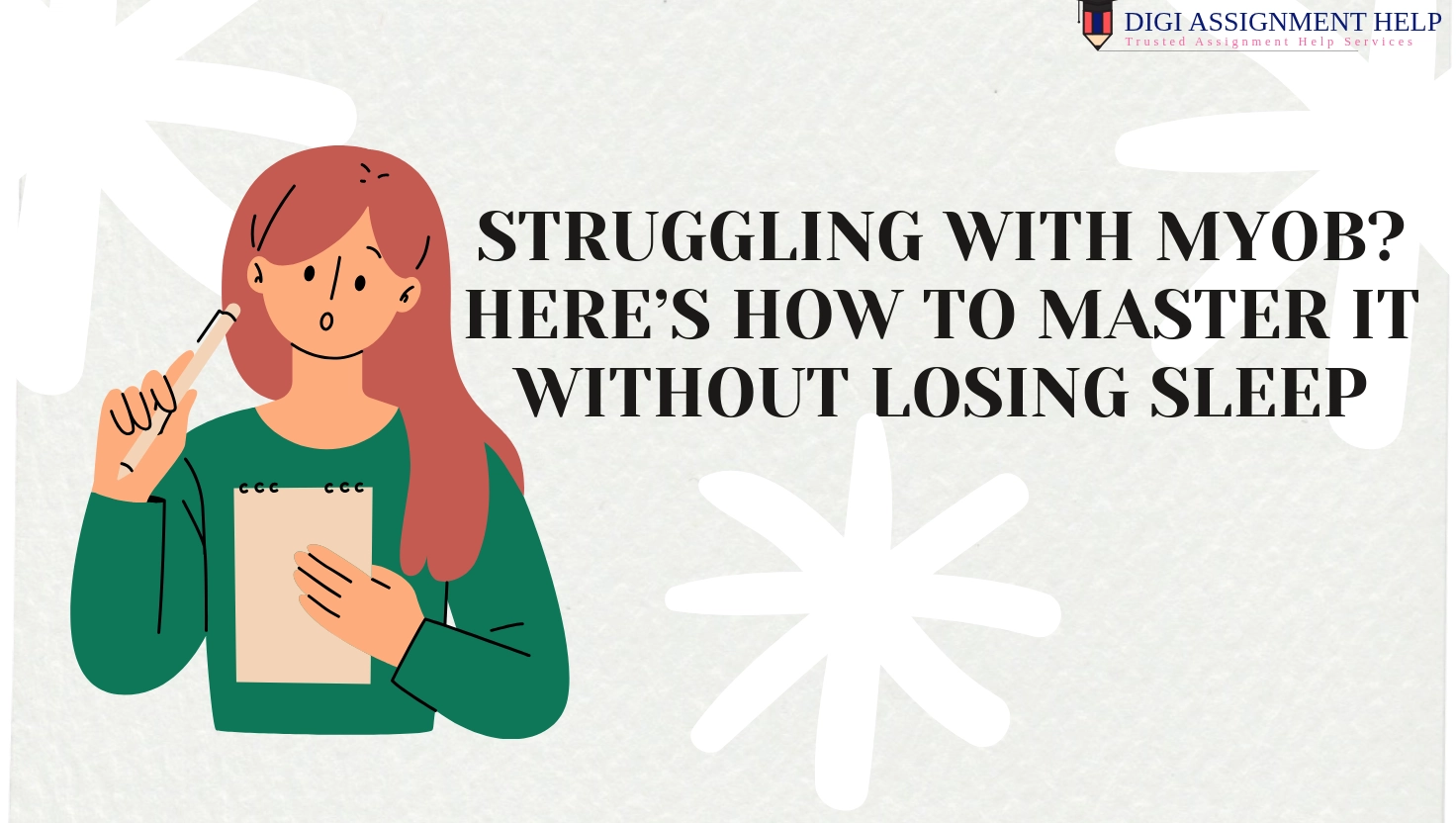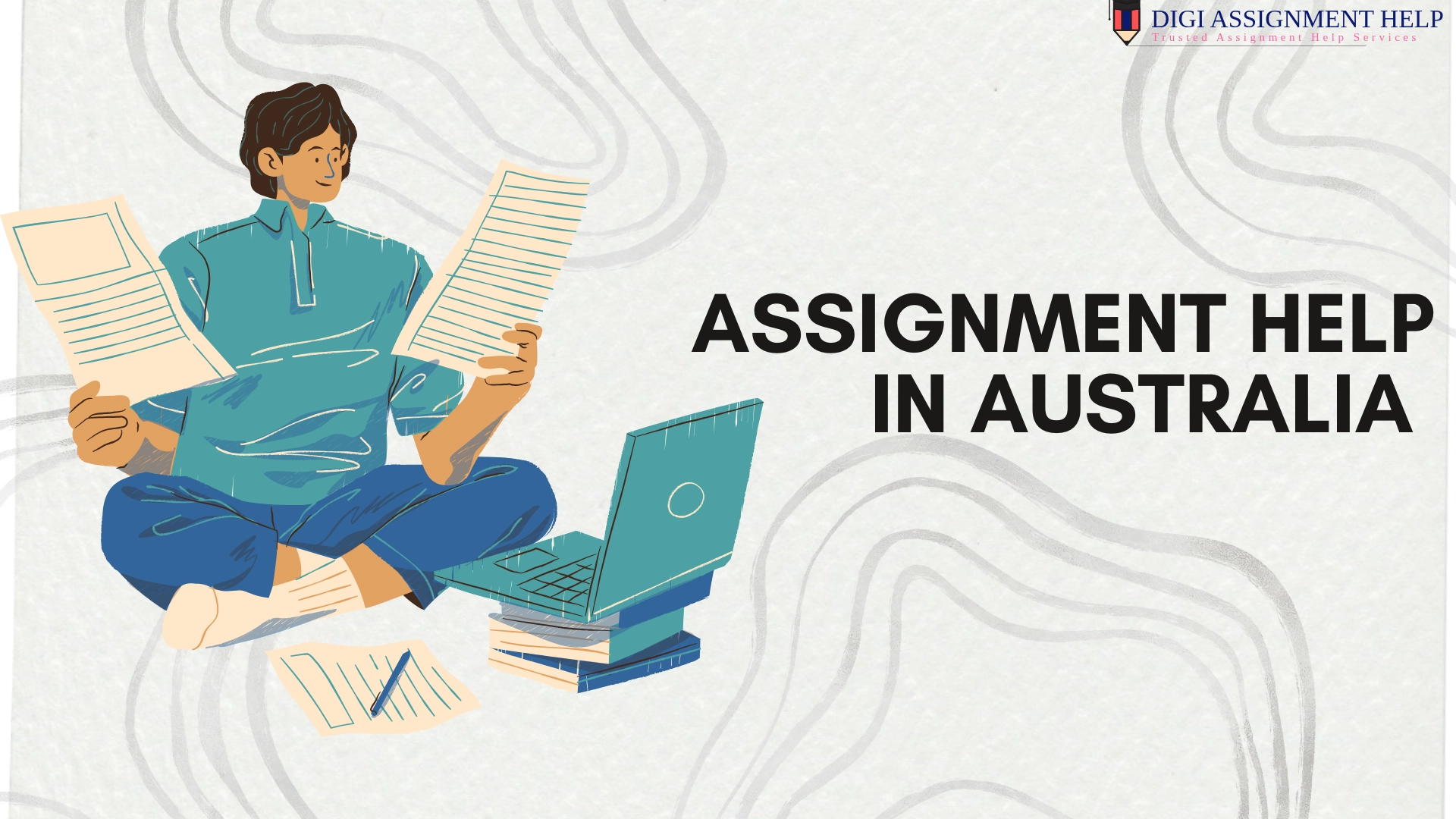What is Competency Demonstration Report(CDR)?
 13-Aug-2024 08:22 AM
13-Aug-2024 08:22 AM

What Is CDR?
A competency demonstration report (CDR) is required for engineers who aim to work in Australia. Governed by Engineers Australia (EA), the organization establishes and regulates the practices and standards of engineering in Australia.
CDR assists EA in deciding whether the skills and knowledge of an engineer are compatible with Australia or not.
Why is CDR Important?
CDR is crucial because it allows Engineers Australia to verify that an overseas engineer possesses the necessary skills and qualifications to practice in Australia. Without a CDR, engineers cannot demonstrate their credentials in line with Australian standards of education and professional experience.
The CDR serves as evidence that an engineer can perform work to the required standards, ensuring that only those with the appropriate expertise and experience are permitted to work in Australia.
This process is essential for maintaining high-quality engineering work and adhering to safety standards, thereby ensuring the reliability and safety of engineering projects across the country.
By using the CDR to assess qualifications and work experience, Engineers Australia helps to sustain the integrity and excellence of the engineering profession within Australia.
Components of a CDR
Essential parts of a CDR:
-
First, it includes personal information. This section contains the name of the engineer, address, contact details, proof of identity, and the latest passport-size photograph is also required for this. This is to ensure that Engineers Australia can correctly identify the applicant and not get them mixed up with someone else.
-
Then, the application form. The application form needs to be filled out with all necessary details about the engineer. It includes information about their background and the type of assessment they are applying for. This form is a preliminary step to begin the assessment and this will give you an overview of the profile of the engineer.
-
The CV is another important part of the application process. A resume, on the other hand, is a concise summary of an engineer listing their educational background and job-related information as well as skills. That would be in time order, with the latest job at the top. The resume displays the engineering career history and credentials. Having a concise CV is an important part of having the quickest impact.
-
Education documents are also necessary. Included in this are copies of the engineer's degree certificates and his academic transcripts. These documents show where and what the engineer studied. They authenticate the educational qualification of an engineer and are crucial to verify their academic record.
-
Last but not least, Continuing Professional Development (PD) is another important segment. It is the part where you will write down all of your learning, courses, workshops, and training completed by the engineer. CPD demonstrates the motivations an engineer takes to stay up-to-date. This demonstrates that the engineer is committed to lifelong learning and always finding ways to improve their proficiency as a software practitioner.
-
The CDR also requires three career episodes. The career episode is a brief story of the accessibility and involvement held by an engineer in carrying out his professional responsibilities. They reveal the ability of an engineer and how they have implemented it in real life. Episodes should be 1,000-2,500 words and in first person. These career episodes show the skills of an engineer and how they have used these abilities in their work.
-
Lastly, the summary statement ties everything together. This is a summary of the career episodes. It details the competencies set by Engineers Australia and how they can be found in each career episode. The Summary Statement is the most important component as it brings out a summary of your key competencies regarding Engineers Australia standards.
How to Write a CDR
However, CDR writing can be a difficult task. Hence, there are some simple tricks you can do to make the process easier for you.
-
One of the primary requirements is to ideally follow Engineers Australia rules. They have set standards to write a CDR and you need strict council while writing. Failure to abide by them can result in rejection. The guidelines dictate a particular structure and format which must be followed.
-
It is also important to be clear and concise. Be clear and use simple words. Refrain from using complicated words that are not easily comprehensible. It also makes the assessors understand your skills and experience.
-
Honesty is another key aspect. It must be correct and it should reflect on the CDR. Do not overstate or fabricate your abilities and experience. It can gain trust and it makes your CDR authentic. If they catch you giving them the wrong one, it will affect your profile.
-
Focus on your role in the career episodes. In the career episodes, focus on what you did. Tell us what you did on the projects. This demonstrates your impact as a human being, and how you have brought to the table your skills and competencies. Make it very obvious what you do regularly, along with any major accomplishments.
-
It is also essential for you to back up your claims and provide proof of what the award means. Provide supporting material. They could attest to this with papers like documents of their academic handwork, certificates, or references. Proof restores your report and makes it more reliable. This should demonstrate that you are qualified to do the job.
Common Mistakes to Avoid
Here are some of the most common errors that engineers often make while writing a CDR. These things help you to make a successful CDR.
-
Failing to follow the directives is one of the most common mistakes. Ignoring the guidelines of Engineers Australia equals rejection.
Read and follow the instructions carefully. This ensures you meet all requirements and increases your chances of success. -
Another mistake to avoid is poor writing mistakes. Mistakes in spelling and grammar can make your CDR look less professional.
Read your report again to edit it. It lays a good impression on the officials and helps ensure that your CDR is easy to read which is as important. Another way is to have a friend or professional review your CDR in case you missed any errors. -
Another mistake to avoid is providing insufficient detail in your career episodes. Ensure you thoroughly describe your responsibilities and the work you have completed.
The details showcase the breadth and depth of your experience, offering a comprehensive representation of your capabilities. Avoid being vague and clearly outline your duties and accomplishments to convey the full extent of your professional experience. -
One of the biggest mistakes you can make is using content from other CDRs or sources. Engineers Australia employs automated plagiarism-checking software, so submitting copied content will result in instant rejection of your application.
Originality is crucial; your CDR must reflect your own experiences and work. Ensure that your CDR is entirely original to accurately represent your professional achievements and capabilities.
Introduction To Career Episodes In Detail
The most important part of the CDR is Career Episodes. A career episode is a detailed narrative of an engineer being in a critical stage in his profession. Go through these points for the details about a good career episode.
-
The first step is to pick the right project to talk about. Then, showcase different skills and competencies for each of your projects. The Projects that you had a major role in should be selected by engineers. The selected projects should reflect a range of engineering activities concerned with problem-solving, design, and project management.
-
Career episodes have to be written in the first person. To do this, use "I" statements to convey the action. Instead of saying something like, "The circuit was designed," say it like, “I Designed the Circuit”. A career episode shall be 1000 to 2500 words. It should have an introduction, background, personal engineering activity, and summary.
-
The introduction includes the dates and length of time for which you are engaged in the project, as well as your position, title organization, name of the city, and where the work was located. It offers an overview of the career episode and prepares the narrative for future events.
-
The background should contain 200 to 500 words. It provides the context for the project. This section should describe the nature of the project, the objectives, the nature of the work area, an organizational chart highlighting your position, and your job responsibilities. This gives a better understanding of the project, and what exactly you were doing.
-
The personal engineering activity is the principal part of the career episode and it must be within 500 to 1000 words. The job details segment should detail the work you did. It should include your role, the task given to you, the work you performed, any technical difficulties or challenges you faced, and how you solved them. Use technical details and explain how you applied engineering knowledge and skills. This section demonstrates your competencies and how you applied them in real situations.
-
Your summary should range between 50-100 words. Whereas, for objective, it should tell whether the project met its criteria or not and how you played your role in doing that with engineering skills. This concludes the career episode, spotlighting your overall contributions and accomplishments.
Summary Statement
The summary statement is a crucial part of the CDR, as it highlights the skills demonstrated in your career episodes. Engineers should link specific competencies to their respective career episodes, cross-referencing these episodes with the competency elements.
This section offers a clear and concise overview of your skills, showing how they align with the standards set by Engineers Australia.
Continuing Professional Development (CPD)
CPD is critical for demonstrating that you remain up-to-date with your skills. This section is where you should provide a complete list of your continuing professional development (CPD) activities.
These can include formal education, workshops, seminars, conferences, technical meetings, short courses, learning new software or tools, and reading journals and technical articles. List each activity with the date, duration, and brief description of what you learn.
This shows a dedication to learning and development for as long as you are on the job.
How to write a perfect CDR
-
Planning is crucial. Start early and plan your CDR. You can study all the prerequisites first and prepare in advance for any of your document collections. If you cannot bear the idea of starting a writing assignment more than 48 hours away from the deadline, create an artificial timeline. After planning, you are aware of the time left to submit a complete and well-structured CDR.
-
Precision and clarity are also important. Be precise and unambiguous about your positions, and what you have challenged. Avoid vague statements. Write in the active voice focused on what you have done personally. The more specifics you can provide, the better example of your skill set and experience which will make your CDRs stronger.
-
Using simple language is recommended. Engineers Australia assesses CDRs from people all over the world. Using simple, clear language makes your report easier to understand. Avoid using technical jargon that might confuse the assessors. Simple language ensures that your CDR is accessible and easy to read.
-
Proofreading is essential. Check for spelling and grammar mistakes. A well-written, error-free report creates a good impression. Ask a friend or a professional to review your CDR. Proofreading ensures that your CDR is polished and professional.
-
Including relevant evidence is crucial. Attach relevant files/documents, certificates, and references which support your claims. It may be drawings, calculations, or e-mails that demonstrate your efforts. Having data to back up your presentation builds a stronger report and makes your arguments more credible. It indicates that you are capable of doing the job.
How Can Digi Assignment Help Assist?
Services like Digi Assignment Help are invaluable, offering top-notch CDR assistance for engineers. These experts can assist candidates through the process and ensure that their CDR is complete with Engineers Australia regulations.
They can help with writing, proofreading, and ensuring all guidelines are followed correctly. Digi Assignment Help can make the process easier and increase the chances of a positive outcome, helping engineers achieve their dream of working in Australia.
Conclusion
A Competency Demonstration Report (CDR) is a vital document for engineers seeking to work in Australia. It showcases their skills and knowledge to Engineers Australia, proving that they meet the required standards.
Writing a good CDR involves following specific guidelines and paying close attention to detail. Avoiding common mistakes can improve the chances of a successful assessment.
For those in need of help, Digi Assignment Help offers valuable services to assist with writing a comprehensive and effective CDR. This assistance can make the process easier and increase the chances of a positive outcome, helping engineers achieve their dream of working in Australia.



























